I'm planning a 351w swap for my 79 cobra. Not for any other reason other than the fact that I have a couple motors lying around. I ended up trading around for another freshly machined block and a new 408w rotating assembly. On another trade, I ended up with a new cam (retrofit hydraulic roller) and I would like to be able to use it on this build. I am doing a roller conversion, as the block is an early non-roller. Other than a couple 302's and a recent 331 stroker, I don't have much experience in choosing cams. Can any of you take a look at these cam specs and tell me what kind of performance and street manners I can expect? It's going to be a street car with occasional 1/8 mile track run.








 Reply With Quote
Reply With Quote







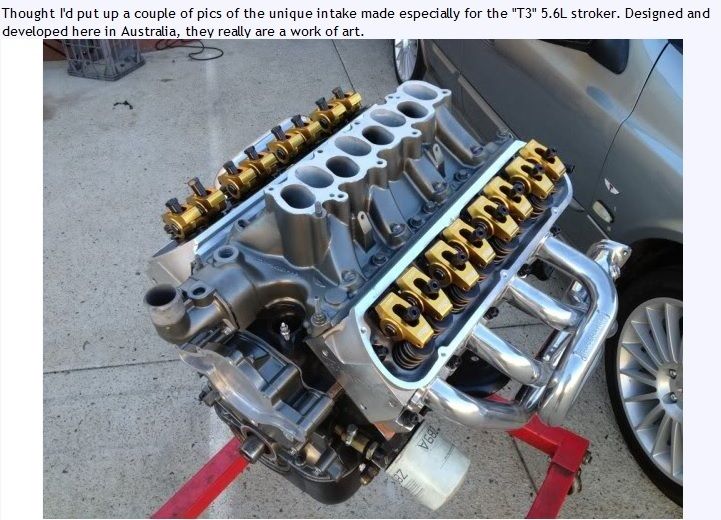
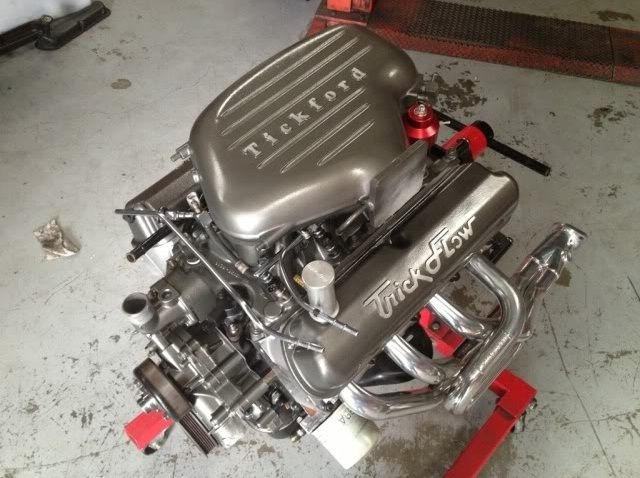


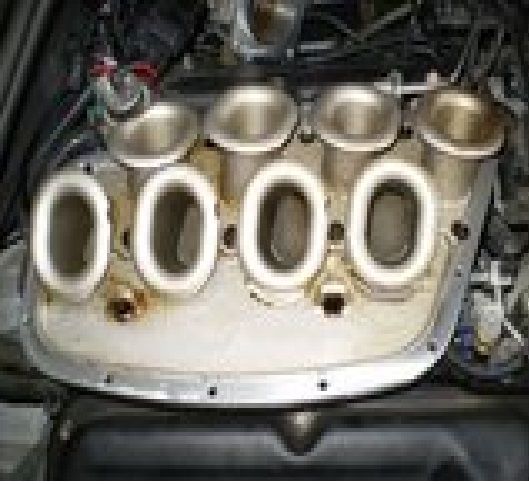
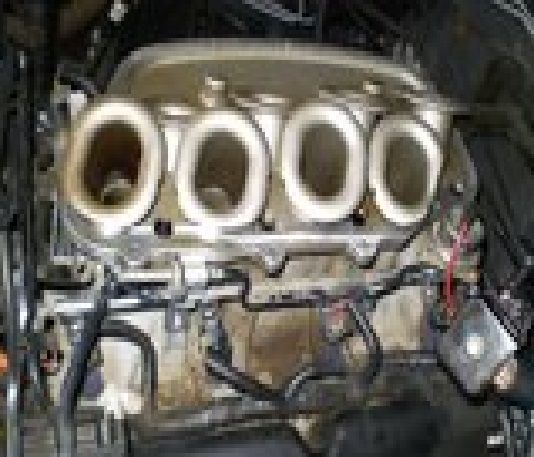
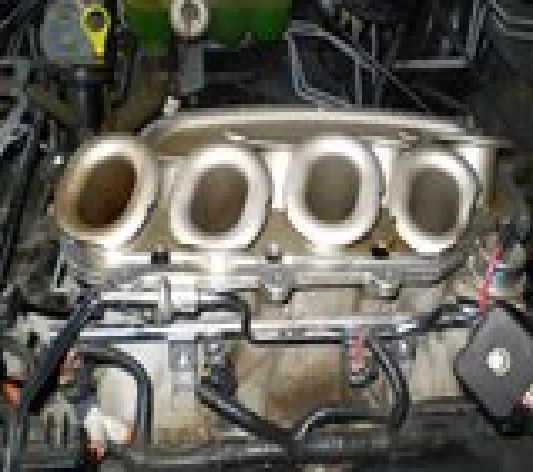
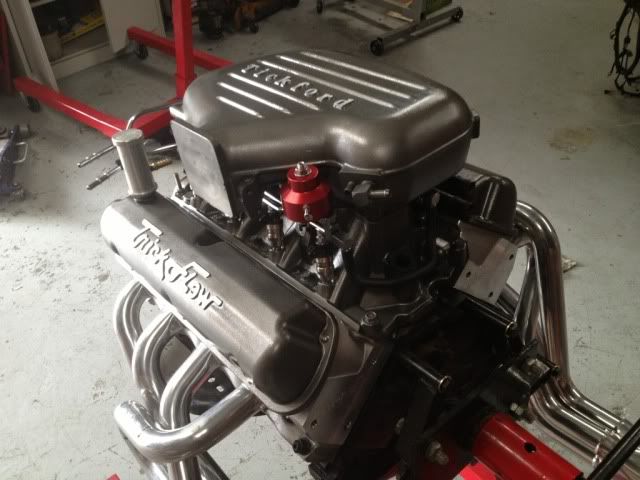




Connect With Us